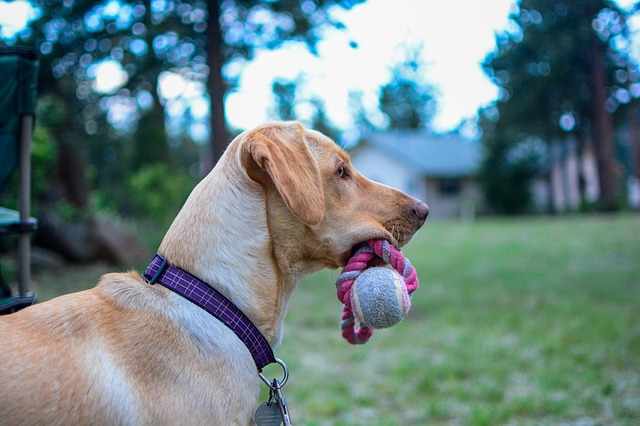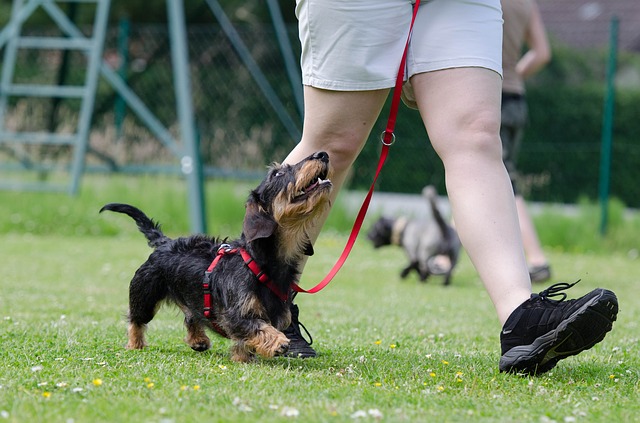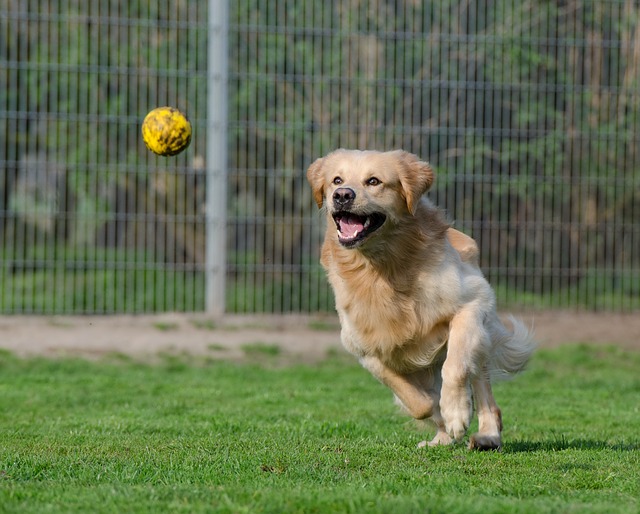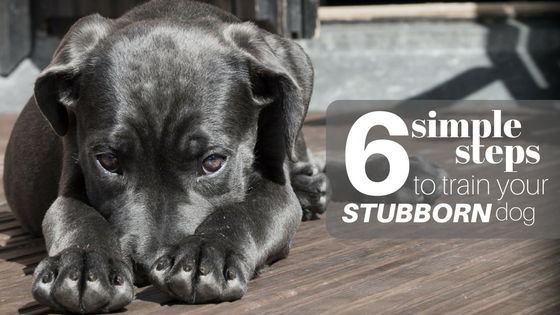So, your dog is ridiculously stubborn? We can help. As much as you love your dog, we know the stress of trying to train a “stubborn” dog can be overwhelming. While it will take more effort and strategy, even the most difficult of dogs can be trained. With a few simple tips, you’ll be on the right track to teaching your stubborn dog to consistently and appropriately respond to your commands.
Does your dog bark too much? Check out our fast, effective, and humane training tool.
How To Train A Stubborn Dog

1. Realize He/She is Probably NOT Stubborn
“Whoa, whoa. Wait. You haven’t seen MY dog!”
This is probably what many of you are thinking right now. Hear us out. While there are certainly some exceptions out there, the majority of seemingly “stubborn” dogs aren’t actually stubborn. Utah Dog Trainer Ty the Dog Guy gives a great explanation:
“In order for a dog to be considered stubborn, he must first know what the rule is and then actively choose to disobey it. There are very few stubborn dogs in this world, but there are a lot of untrained dogs.”
Don’t feel bad. It’s an easy mistake to make! We often expect dogs to learn like we do, but that’s an unrealistic expectation for most dogs. Just because a dog successfully completes a command once or twice, doesn’t mean the animal truly knows the command.
The next points will help you correct this lack of training.

2. Invest in Amazing Treats and Toys
For most dogs, praise alone isn’t an adequate motivator. A dog that seems stubborn may be difficult to engage during training. Start with awesome treats like tiny chunks of steak, chicken, hot dogs, etc. Engage your dog, get their eye contact, and give them your full attention. You may go through a lot of great treats in the first year, but it’s a small price to pay to have an obedient dog. Randomize treats to keep your dog anxious and engaged. Bring out your dog’s favorite toys, and bring a variety to keep things exciting.
3. Train for Distractions (this one’s really important)
Once you’ve got commands down in a quiet 1 on 1 setting, it’s time to take the next step. Just because your dog responds well to “come” in your quiet yard, doesn’t mean he/she will respond well in a distracting environment like the park. Dogs need to be trained not only the command itself, but also how to handle obedience in a variety distracting environments. If a dog obeys an owner at home, and ignores the owner at a park, most would make the mistake of saying the dog is stubborn. It all comes back to training.
Tip: A slightly worn-out dog may be more open to learning something new than a fully-energized dog. Play some before you train!
Move your training to a slightly more distracting environment, and go back to square one. Dogs are naturally extremely curious and distracted in any new environment. Reward your dog for even the most basic successes in a new place.
If your dog starts to get distracted, you need to step up your enthusiasm, or change up your toy or treat. Be more exciting than the distractions, and do what it takes to engage your dog! Once you have consistent obedience in that environment, step up the distractions.
It takes a lot of work and dedication, but if you take the time to do this, you can have your dog immediately obeying you absolutely anywhere he can hear you. This is not only convenient for the owner, but there are situations where it can affect the safety of your dog (i.e. running onto a dangerous road to chase a squirrel).
READ: 10 Dog Training Mistakes You’re Probably Making
4. Catch Your Dog in the Act
The best dog trainers catch their dogs in good behavior naturally and reward them for doing so. If you wait until a dog messes up and scold them afterwards, you typically won’t make as much progress. Pay genuine attention to your dog, and watch for those behaviors you desire.
5. Train Frequently
We’ve said it once, and we’ll say it again. It takes time! Be consistent, and train frequently. Often the first entire year of training must be intensive in order to develop a well-trained dog. If you think you’re done training after a month, you’ll end up with a “stubborn dog.” The more frequent you can train, the better. Even though it can seem like hard work, it’s such a rewarding activity that helps you develop a deep bond with your dog.
6. Don’t Get Frustrated
A hot-headed trainer will not be successful. When a dog exhibits stubborn behavior, it’s easy to get frustrated. If your dog fails miserably, you probably went too fast. Take a step back, and reward the basics. Build slowly, to ensure you have a solid foundation of training before throwing your dog in the deep end.

You’ve got this! If you have time and love for your stubborn dog, you’ll quickly find he/she probably isn’t that stubborn. Start with the basics, be engaging, and build a foundation of training that spans across a variety of distracting environments. If you do this, it will lead to a life full of obedience and love, rather than screaming and frustration.
Are you trying to train a stubborn dog? Tell us about it in the comments below!


One thought to “6 Simple Steps to Train Your Stubborn Dog”
The reason I am looking at ways to train a stubborn dog is because my dog knows the rule he knows the command I have treats his favorite toy and still he will look at me then go back to what he is doing it is always on recall when out and about. He is half Jack Russel, he is exceptionally well trained when he listens to the commands. However if he is not in the mood to listen or he wants to do something else go somewhere else he just does it. I am at my witts end with it he goes missing or just sits outside the apartment for ages because he is not ready to come back yet, if he is in that mood he will just not do as he is told. My last resort that I know is an electric collar and I really don’t want to resort to that because he is Trained he is just Stubborn and refuses to listen when he is like that. This is the advice I am looking for but nobody can give me any solid advice they are all training tips that I already know and is not the issue. And please no keep him on a lead then because 1 he refuses to poo on the lead and then poos in the middle of the night in the house and 2 I like to give my dog freedom as he is normally exceptionally well behaved and trained and he likes his freedom removing it completely does not sit well with me. Please if someone has a real suggestion I am open to hear it and try it. He is not food orientated food is not what I use to train him normally its usually his toys.
Comments are closed.